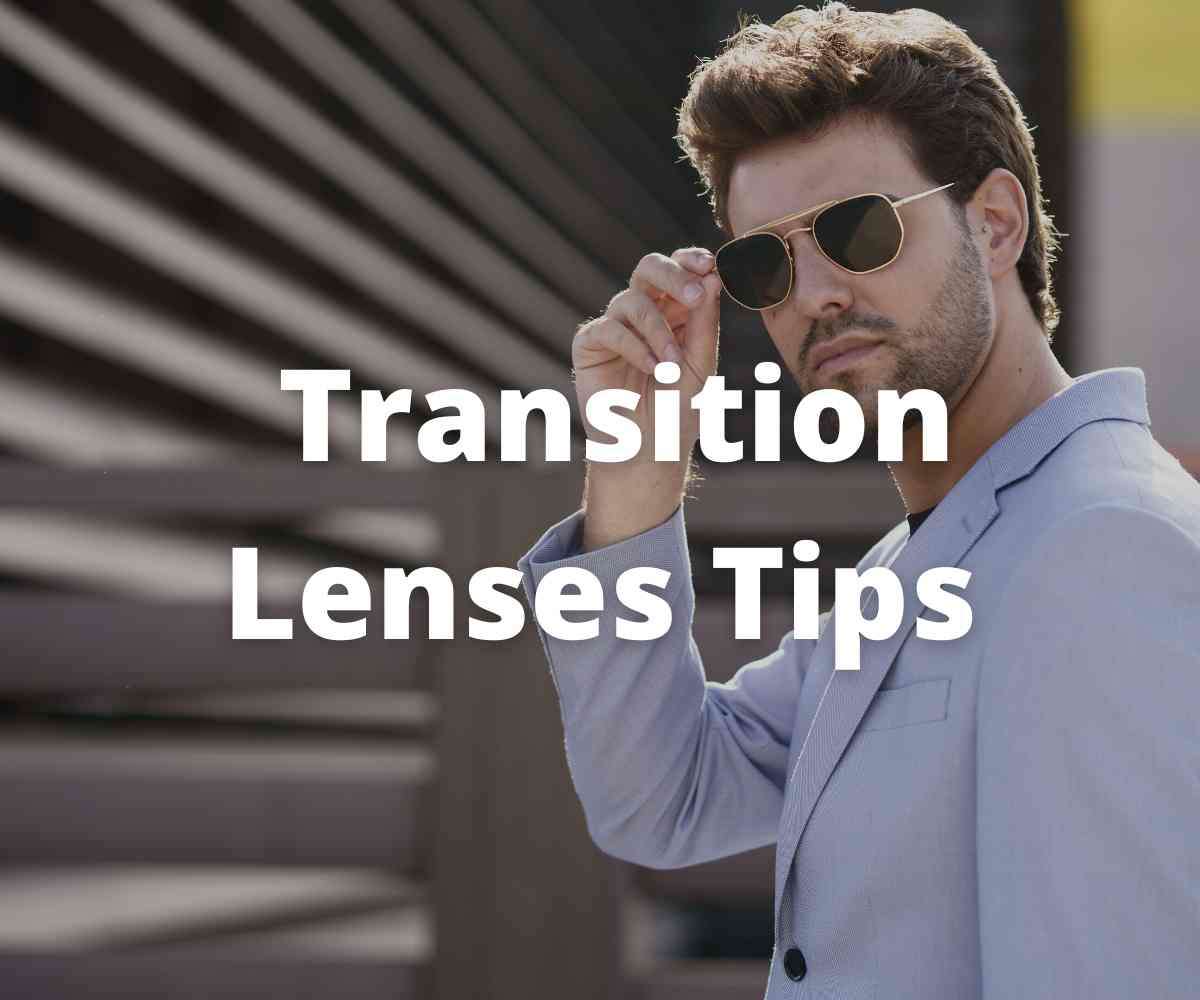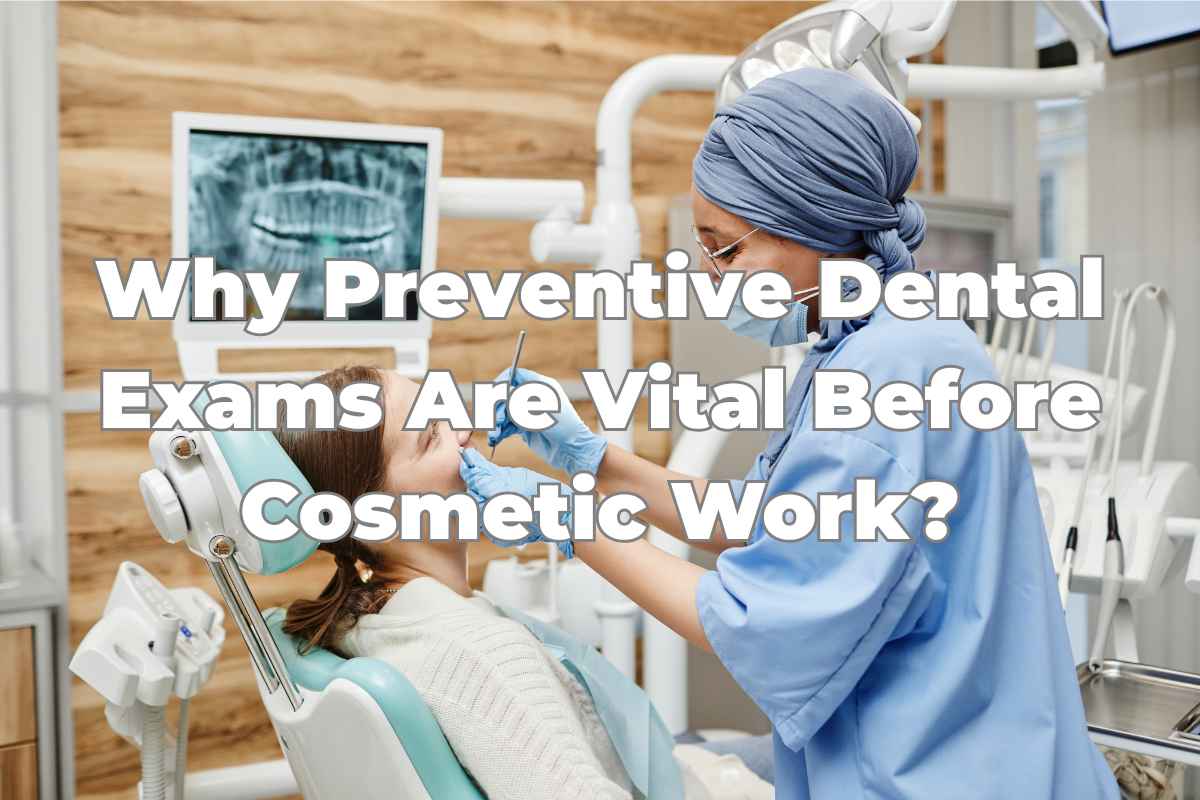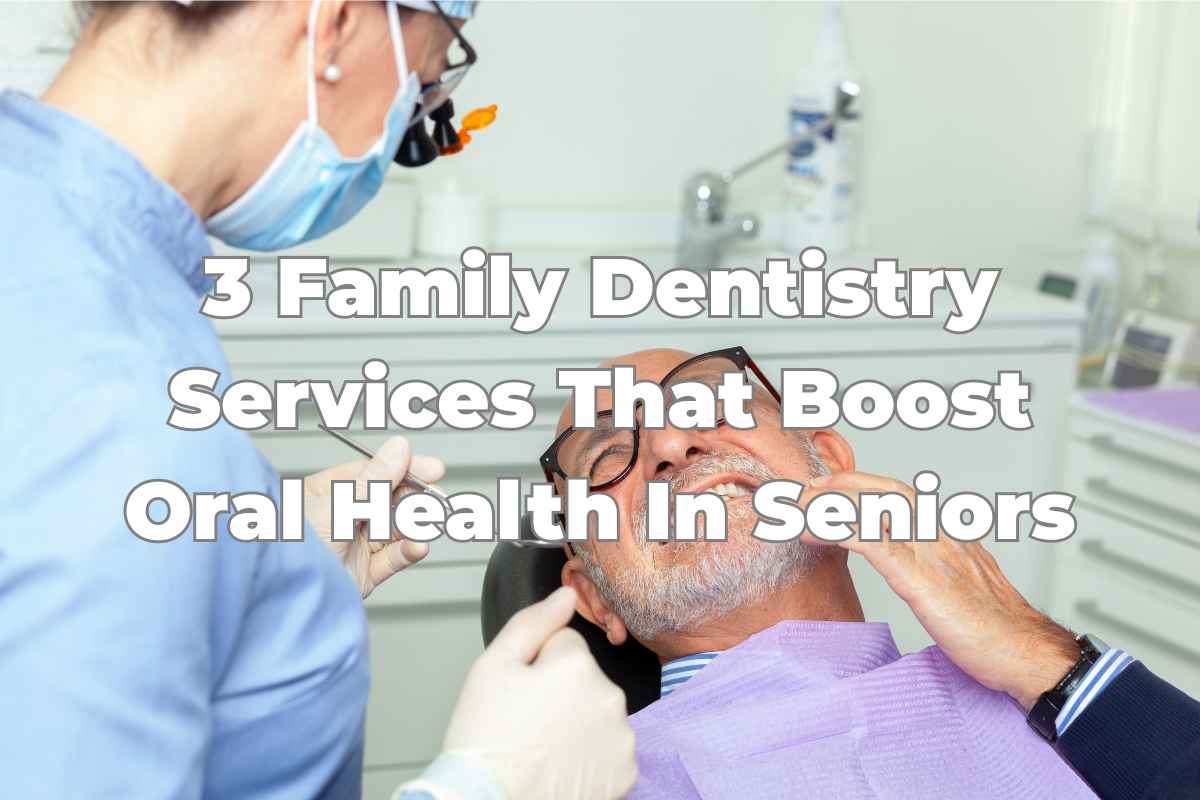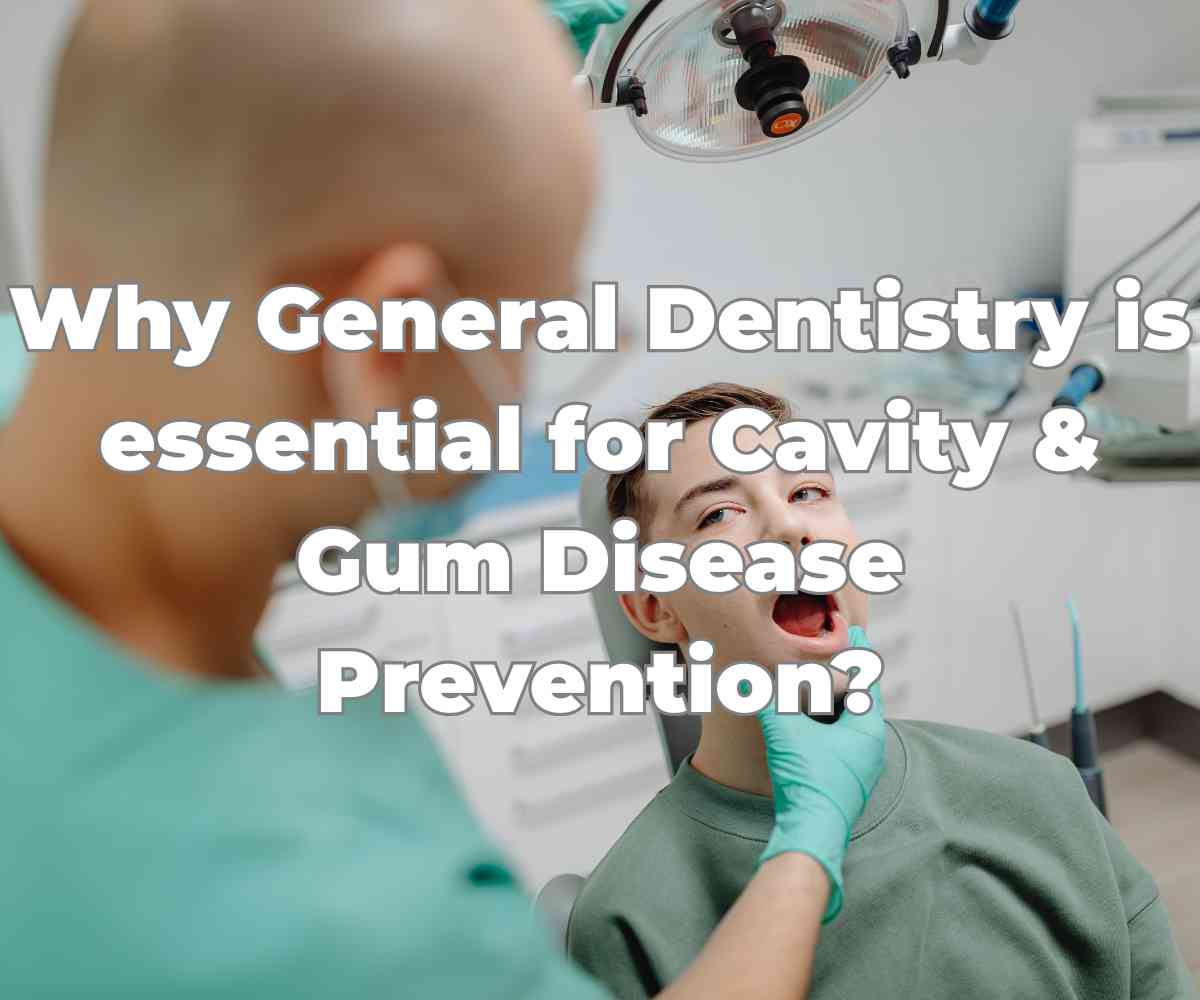are transition lenses suitable for you
Description
Are transition lenses suitable for you?
The invention of transition lenses prevented eye conditions that would arise in the future related to global warming-induced climate change.
Climate change has made many people wear transition eyeglasses when the sun is high in the sky and shining down on the ground.
Ultraviolet rays hit the earth's surface directly due to the destruction of the ozone layer that filters harmful sun rays.
Transition eyeglasses, also known as light-adaptive lenses, photochromic lenses, or variable tint lenses, are special lenses designed to adapt to various light conditions.
The lenses adjust their color automatically according to the sun's intensity of light and ultraviolet rays. When exposed to light, the lens darkens to protect the eye from direct sun rays.
How do transition lenses work?
When the transition lens is directly exposed to the ultraviolet rays of the sun, activation of the molecules inside the lens begins and thus triggers the lens to darken automatically.
Darkening automatically does not only happen when the lens is exposed to direct ultraviolet rays but also when it is cloudy and the sky is overcast since the ultraviolet rays have the capability of penetrating through the clouds.
Are transition lenses suitable for you?
Transition eyeglasses come in different frames, and other people have different tastes in frames depending on the
shape of their face, the quality of the lenses, the intensity of ultraviolet ray protection, the design of the structure, and the color of the frame. This article is a guide to help you weigh if you should opt for transition lenses for eye protection.
Pros
- - The lens is available in different colors and shades, thus giving you the option to choose what color suits you best.
- - Transition lenses offer maximum protection from ultraviolet rays from the sun that would damage the eyes.
- - The lens offers maximum protection from the blue LED light on our screens. Blue LED light results in constant headaches, eye strains, and irritations when exposed to the human eye for a very long time.
- - When coated with an anti-reflective coating, the lenses reduce the glare when eyeglasses are exposed to natural and unnatural light. The anti-reflective coating also improves night vision.
- - There are various transition eyeglasses types, such as high-index lenses, bifocals, and multi-focal lenses. The variety of styles gives you the laxity of switching from one type to another if you feel the type you chose does not suit your eyes as preferred.
Cons
- - The lenses take time to adjust from clear to dark and vice versa. Sometimes especially when the lens is still new, it may fail to darken completely when exposed to ultraviolet rays from the sun when you are inside the car. This is because the windscreens in vehicles have an anti-UV feature that reduces the entry of ultraviolet rays from the sun inside the car.
- - Changing shades indoors and outdoors may be uncomfortable for some people since their vision is affected.
- - Some transition lenses are expensive and thus may only be pocket friendly for some due to the high-quality lenses.
Do you need transition lenses?
The need for transition lenses depends on your eye health and the reason you're wearing the glasses. Opticians mainly prescribe transition lenses due to their functionality.
Prescription eyeglasses are primarily indicated to help persons with eye issues see better.
Anyone with prescription eyewear may purchase transition eyeglasses from any retailer to receive the lens that will work for them.
In general, the lenses have numerous advantages, so when choosing which ones to buy, lifestyle and personal preferences should be taken into account.


























